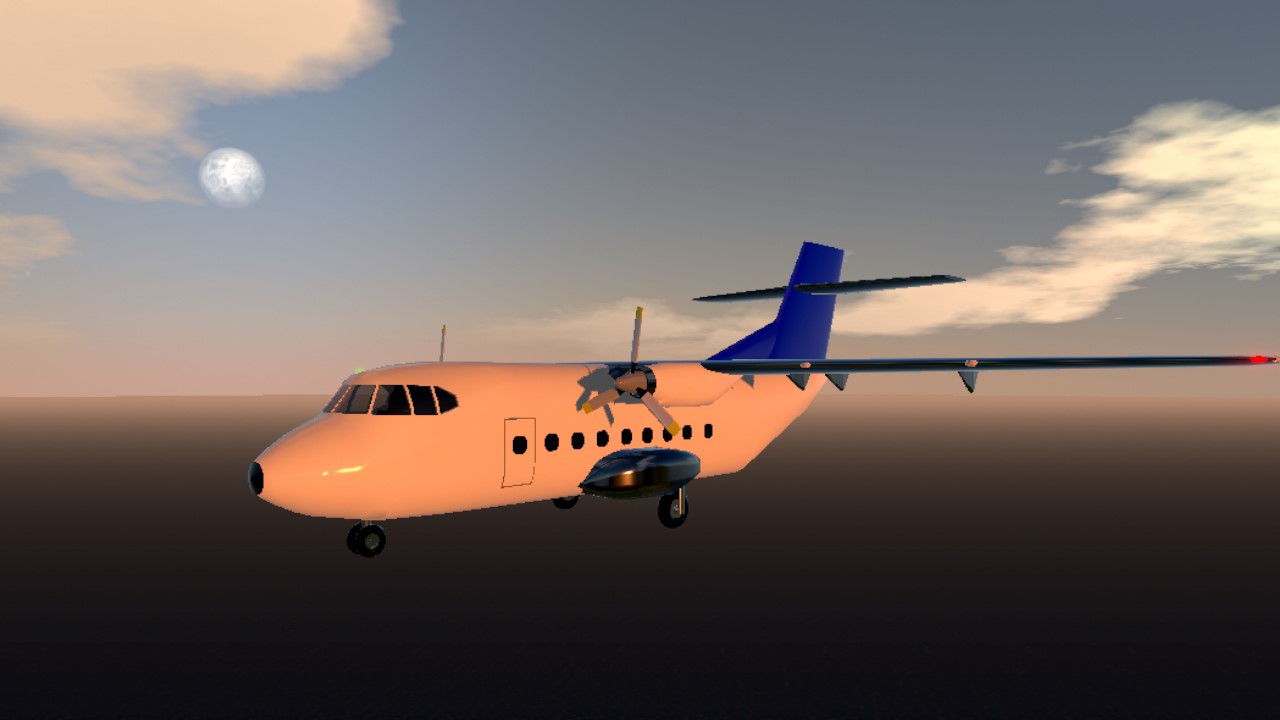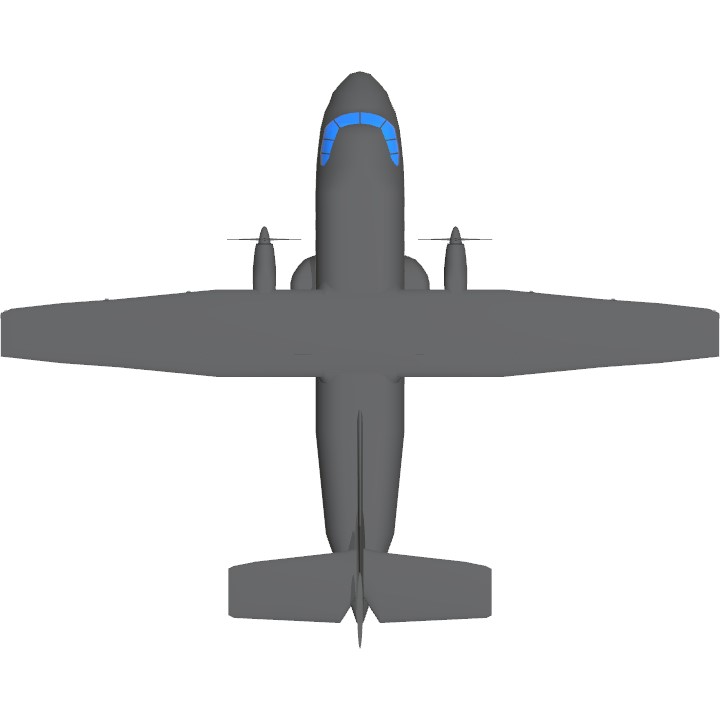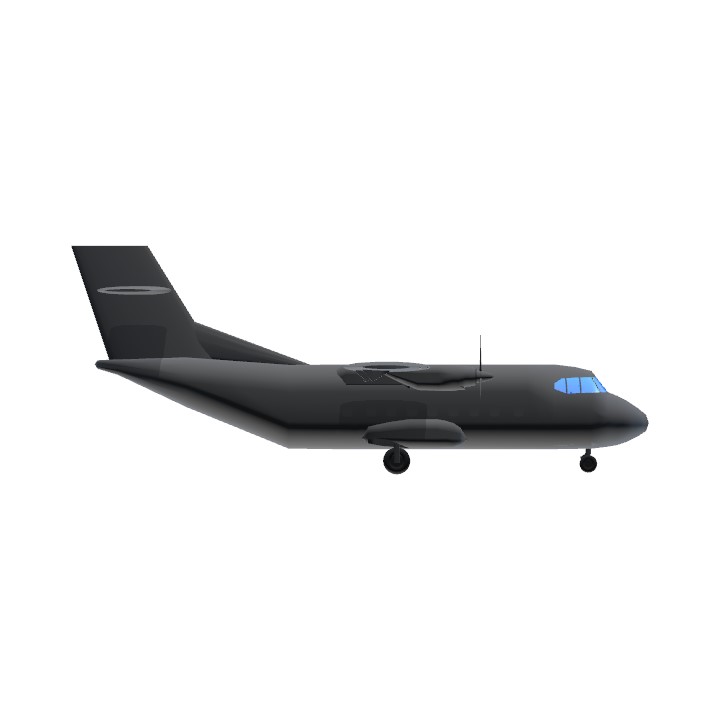In the 1970s, the transport aircraft used by the Taiwan Air Force were still American-made.
The C-47 and C-119 aircraft, both of which are reciprocating engines, have been used for many years and have become
Old, the original American factory has long ceased production. Therefore, it is becoming increasingly difficult to supply parts and components. Proper maintenance of the aircraft
The rate impact is huge. At the time when the aviation development center, the predecessor of Hanxiang Company, the long-range plan was listed for development
If the development of a medium-sized transport aircraft with twin engines is successful, we will consider developing and using four engines.
In addition, the Air Force's plan to purchase a new type of transport aircraft (C-130) from the United States has encountered difficulties.
In 1972, the Aviation Development Center completed the design of the first turboprop training aircraft: T-CH-1 Design----This aircraft is made by replacing the T53-L-701 turboprop engine with the American-made T-28. The military allocated manpower to the next stage of the design project: a transport aircraft. The military decided to develop a four-engine medium-sized transport aircraft from the Aviation Development Center, using the T53-L-701 engine as the power source, and the design code was XC-2.
Design----This aircraft is made by replacing the T53-L-701 turboprop engine with the American-made T-28. The military allocated manpower to the next stage of the design project: a transport aircraft. The military decided to develop a four-engine medium-sized transport aircraft from the Aviation Development Center, using the T53-L-701 engine as the power source, and the design code was XC-2. 
X is one of the tests, C stands for transport aircraft, and 2 is the second military aircraft developed for aviation development, so it is named. For the military, transport aircraft must have the ability to take off and land at simple airports, so XC-2 adopts The single wing prevents the engine from inhaling foreign objects, the nose wheel of the landing gear adopts low-pressure tires, and the tail is high to facilitate unloading and airdropping cargo. It is scheduled to carry a load of 8,000 pounds.
The Aviation Development Center completed the basic design of the XC-2 within one year. After submitting the report and obtaining the approval of the Air Force Headquarters, it received NT$4.9 million to proceed with the next phase of the design.
Before the XC-2 was designed, China did not have an accurate wind tunnel. Therefore, the aviation industry reported to the Air Force Headquarters and requested permission to build a new wind tunnel. The design of the wind tunnel was completed in 1978

However, the wind tunnel test of the XC-2 could not wait until the domestic wind tunnel was completed before conducting wind tunnel testing. In 1975, personnel were sent to the United States to conduct wind tunnel testing. The wind tunnel test data was obtained in April 1975. Return home every month.
Wind tunnel data showed that the XC-2 would have longitudinal control problems when landing. The aviation engine once considered changing the XC-2 to a T-shaped tail with the horizontal tail at the top of the vertical tail, but in the end it only moved the horizontal tail up to the middle of the vertical tail. , effectively solving the vertical control problem.
After completing the wind tunnel test, Hangfa began to cooperate with Northrop Corporation of the United States on the detailed design of the XC-2, and then began the production and assembly of the prototype.
After the production of the prototype fuselage was completed, the XC-2 faced the dilemma of having no usable landing gear, so it had to extremely difficult to choose from the equipment in the Air Force inventory, choosing the main landing gear of the C-47 and the nose landing gear of the F-86. XC-2 landing gear. However, when the XC-2 prototype was still being manufactured on site , the policy took a turn for the worse, and the Air Force urgently needed to design an aircraft engine. The new high-education machine (the future AT-3) was to replace the T-33, and the budget for the XC-2 was delayed. In the end, the remaining budget could only be used to continue research, which also led to the final lack of XC-2. The budget and even the number of engines are only two instead of the planned four.
, the policy took a turn for the worse, and the Air Force urgently needed to design an aircraft engine. The new high-education machine (the future AT-3) was to replace the T-33, and the budget for the XC-2 was delayed. In the end, the remaining budget could only be used to continue research, which also led to the final lack of XC-2. The budget and even the number of engines are only two instead of the planned four.
When the XC-2 left the factory in October 1978 , it did not use four engines as planned, and only used two It had a borrowed T53-L-701 engine and was severely overweight. The left landing gear bracket even broke during the first taxi. In desperation, the aviation development center decided to modify the nose of the aircraft to use the HU-16 landing gear.
, it did not use four engines as planned, and only used two It had a borrowed T53-L-701 engine and was severely overweight. The left landing gear bracket even broke during the first taxi. In desperation, the aviation development center decided to modify the nose of the aircraft to use the HU-16 landing gear.
During many test flights, problems occurred in the XC-2. When testing the flap function, the fuselage pitched and swung, and the rear door of the fuselage collided with the door frame, making a sound. The people who were riding in the XC-2 had to hold on to objects to avoid falling. fall.
During the test flight after this flight , the pilot found that the steering wheel was very heavy. After landing, it was inspected by the aviation development center personnel. Confirm that the trim is installed backwards.
, the pilot found that the steering wheel was very heavy. After landing, it was inspected by the aviation development center personnel. Confirm that the trim is installed backwards.
By April 1980, in view of the numerous problems with the XC-2, the Aviation Development Center decided to freeze funds. The original landing gear, engine, etc. were dismantled and returned to the military. The XC-2 prototype only stayed lonely on the ground, never to be seen again. The day soaring in the blue sky......
Specifications
General Characteristics
- Successors 2 airplane(s) +14 bonus
- Created On iOS
- Wingspan 86.5ft (26.4m)
- Length 69.4ft (21.1m)
- Height 27.4ft (8.4m)
- Empty Weight N/A
- Loaded Weight 38,328lbs (17,385kg)
Performance
- Power/Weight Ratio 70.711
- Wing Loading 12.2lbs/ft2 (59.7kg/m2)
- Wing Area 3,134.3ft2 (291.2m2)
- Drag Points 6123
Parts
- Number of Parts 337
- Control Surfaces 9
- Performance Cost 1,974





Atr 500? More like atr 900
would be a great plane